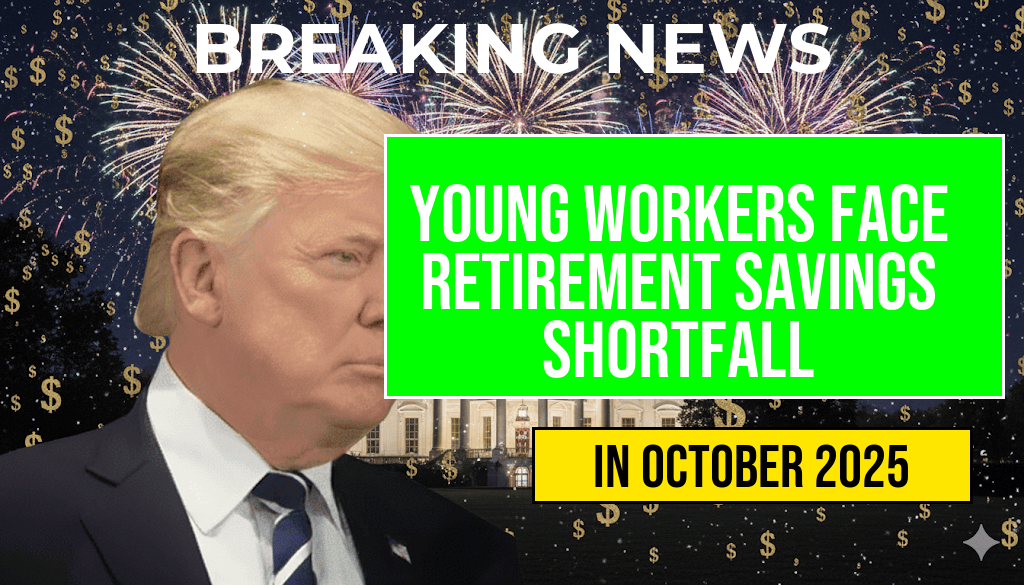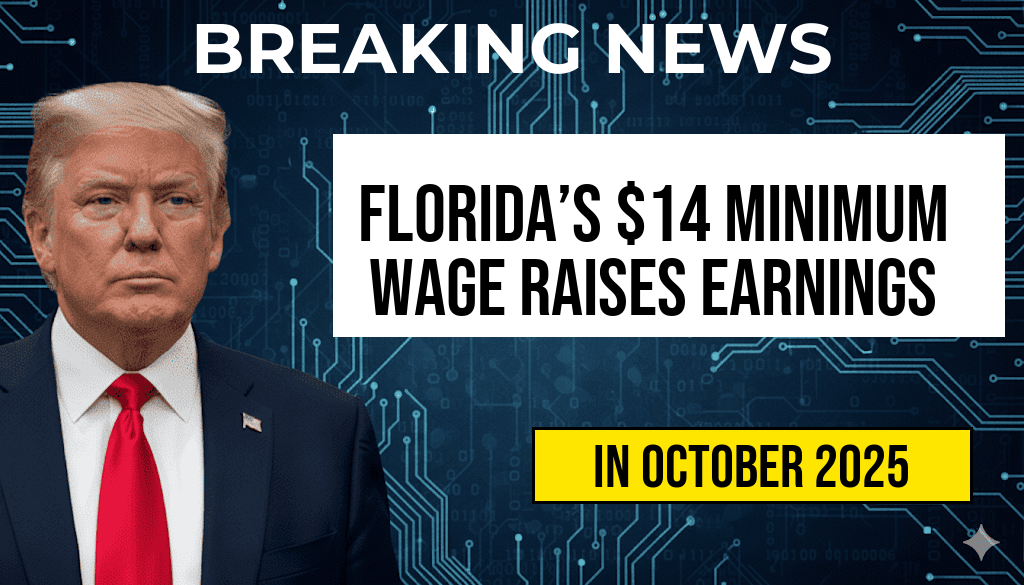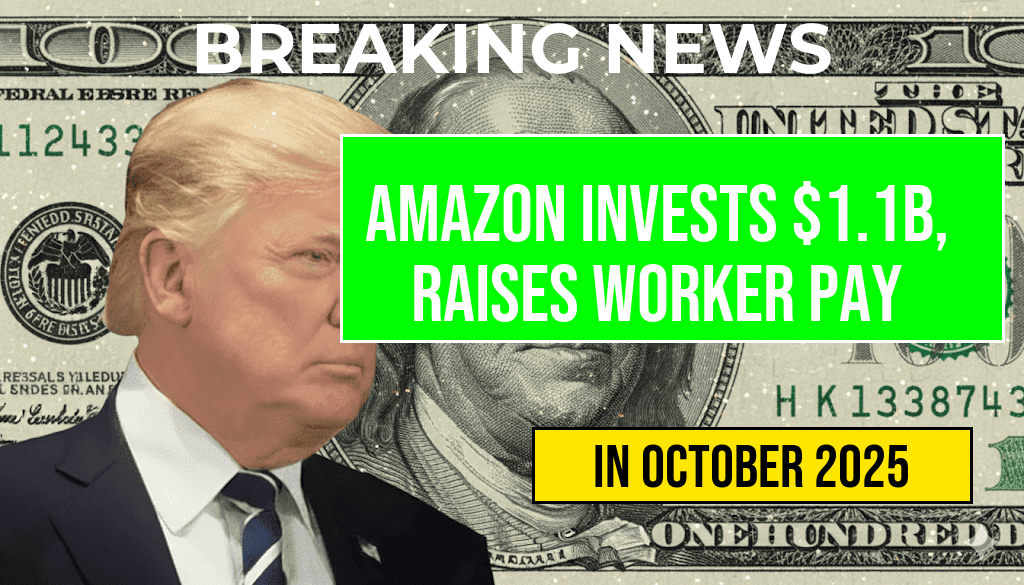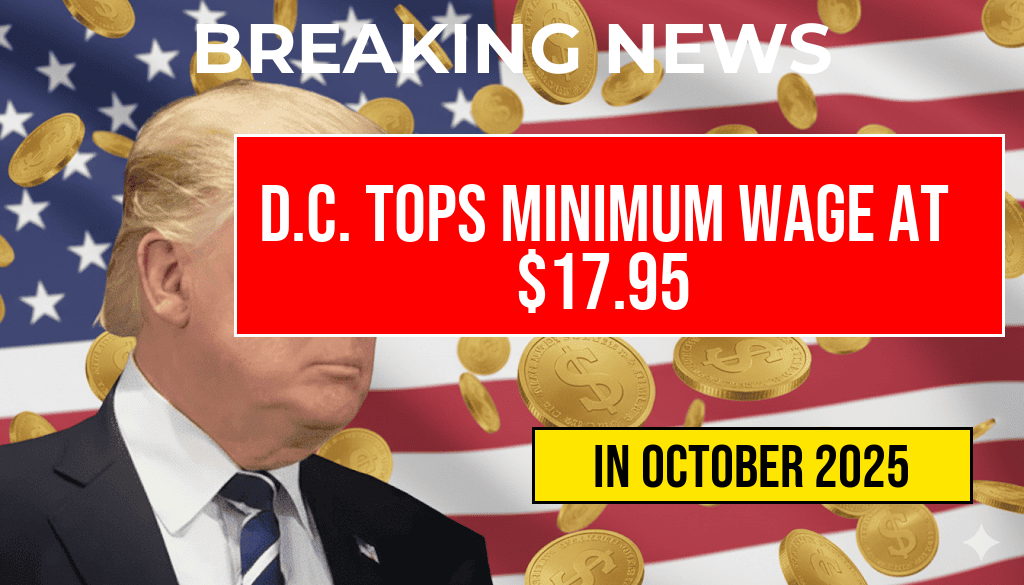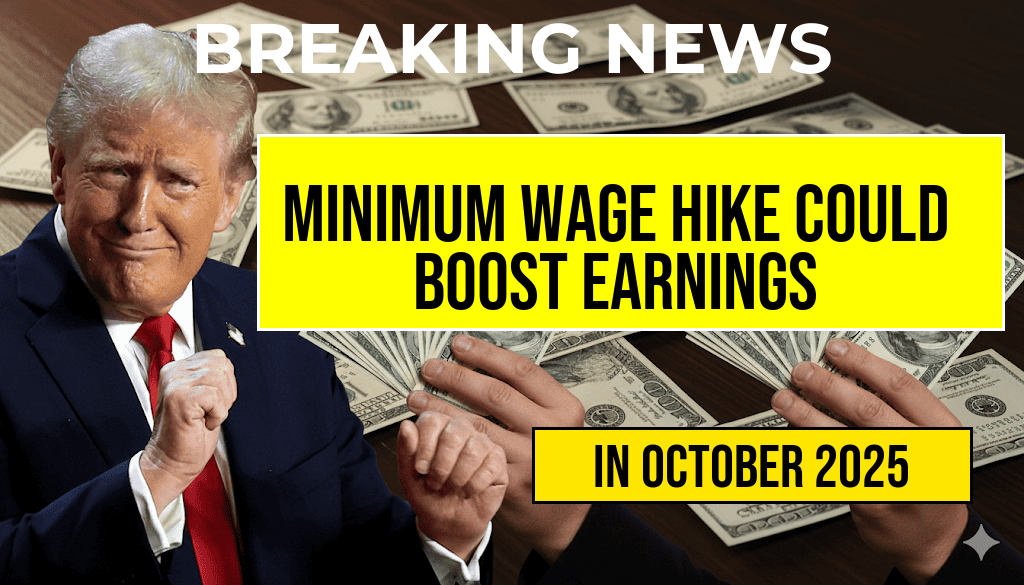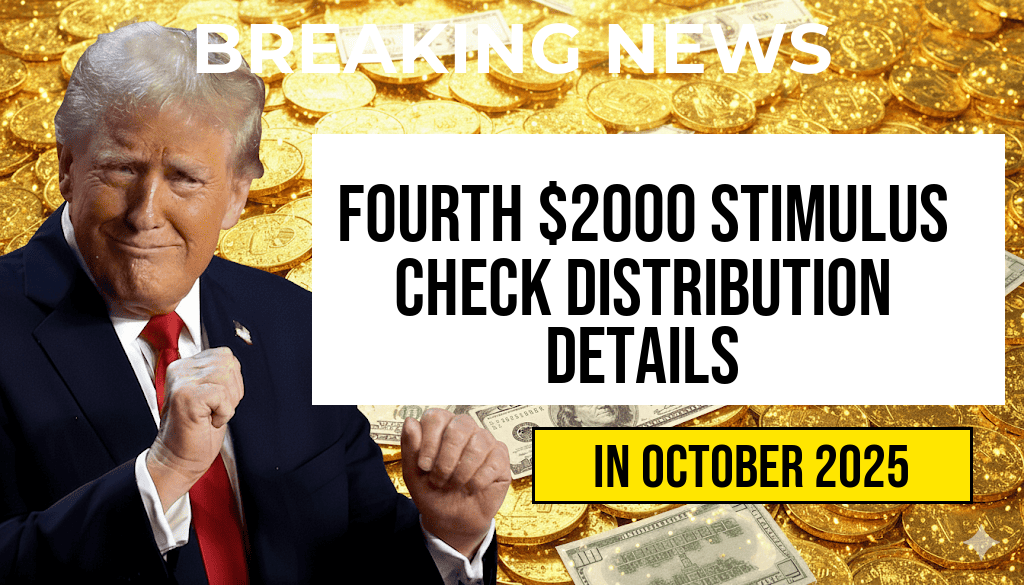Former President Donald Trump has publicly endorsed a significant shift in retirement investment policies, advocating for the inclusion of high-risk assets like cryptocurrencies within 401(k) plans. His proposal suggests that allowing participants to allocate a portion of their retirement savings to volatile digital currencies could potentially boost returns and foster greater financial innovation. This stance marks a departure from traditional conservative investment standards favored in retirement accounts, emphasizing individual choice and risk tolerance. The proposal comes amid ongoing debates among policymakers, financial advisors, and industry stakeholders about the risks and rewards of integrating cryptocurrencies into mainstream retirement planning, raising questions about regulatory oversight and investor protection.
Background: Evolving Retirement Investment Landscape
Retirement plans such as 401(k) accounts have historically been limited to relatively stable and well-established investment options like stocks, bonds, and mutual funds. These conservative choices aim to safeguard long-term savings against market volatility. However, recent years have seen growing interest from investors seeking higher returns, particularly through alternative assets like cryptocurrencies. Despite their unpredictable nature, digital currencies have gained popularity among younger investors and those willing to accept substantial risk in pursuit of significant gains. The current regulatory framework generally restricts or discourages the inclusion of high-risk assets in retirement accounts, citing concerns over volatility and investor protection.
Trump’s Proposal: Expanding Investment Options in Retirement Plans
Key Elements of the Proposed Policy
- Permitting high-risk assets such as cryptocurrencies to be included in 401(k) plans.
- Empowering individual investors to choose their asset allocations based on personal risk tolerance and financial goals.
- Implementing safeguards to mitigate potential losses, including mandatory disclosures and educational resources about the risks involved.
Rationale Behind the Initiative
Trump argues that allowing more diversified investment options, including cryptocurrencies, could enhance retirement savings outcomes by capturing the high-growth potential of emerging assets. He emphasizes that investors should have the freedom to tailor their portfolios and that the existing restrictions may limit opportunities for wealth accumulation. Critics, however, caution that such liberalization could expose retirees to severe financial risks, especially given the erratic nature of digital currencies.
Industry and Regulatory Reactions
Supportive Perspectives
Proponents within the financial community see the proposal as a move toward modernizing retirement plans, aligning them more closely with contemporary investment trends. Some argue that with proper education and risk disclosures, investors can make informed decisions and that the potential for higher returns justifies the increased exposure to volatile assets.
Concerns and Opposition
Opponents warn that cryptocurrencies and other high-risk investments could jeopardize the security of retirement savings. Regulatory agencies like the Securities and Exchange Commission (SEC) and the Department of Labor (DOL) have historically exercised caution regarding digital assets in retirement accounts. They argue that the lack of comprehensive regulation and the potential for fraud or market manipulation pose significant threats to investors nearing retirement age.
Potential Implications and Future Outlook
| Advantages | Disadvantages |
|---|---|
| Access to high-growth assets | Increased volatility and risk of significant losses |
| Enhanced diversification | Potential regulatory uncertainties |
| Empowerment of individual investors | Possible difficulty in financial planning for retirees |
The debate over integrating cryptocurrencies into retirement plans continues to evolve, with policymakers weighing the benefits of innovation against the imperative to protect investors. While some industry stakeholders advocate for broader investment freedoms, regulators remain cautious, emphasizing the need for clear guidelines and investor education. As the landscape develops, potential regulatory changes could reshape the options available to millions of Americans saving for retirement, reflecting a broader shift toward embracing digital assets in mainstream finance.
For more details on current retirement investment regulations and trends, consult resources such as Wikipedia’s overview of U.S. retirement savings systems and recent analyses on Forbes’ financial insights.
Frequently Asked Questions
What is the new 401(k) rule proposed by Donald Trump regarding high-risk crypto investments?
The new 401(k) rule proposed by Donald Trump aims to permit high-risk crypto investments within retirement plans, allowing investors to include cryptocurrencies as part of their retirement savings.
How could allowing high-risk crypto investments impact retirement savers?
Allowing high-risk crypto investments in retirement plans could potentially boost returns for some investors, but it also increases the risk of significant losses, making it a controversial change for retirement savers.
What are the main concerns associated with including cryptocurrencies in retirement plans?
Concerns include the volatility of cryptocurrencies, lack of regulatory oversight, potential for fraud, and the increased financial risk for individuals saving for retirement.
Has this proposed rule been implemented or is it still under consideration?
The proposal is currently under review and has not yet been implemented. It is subject to regulatory approval and public comment before any changes take effect.
What are the potential benefits of allowing crypto investments in retirement plans?
The potential benefits include access to diversification and the opportunity for higher returns through exposure to the burgeoning cryptocurrency market, which could enhance retirement savings growth.


